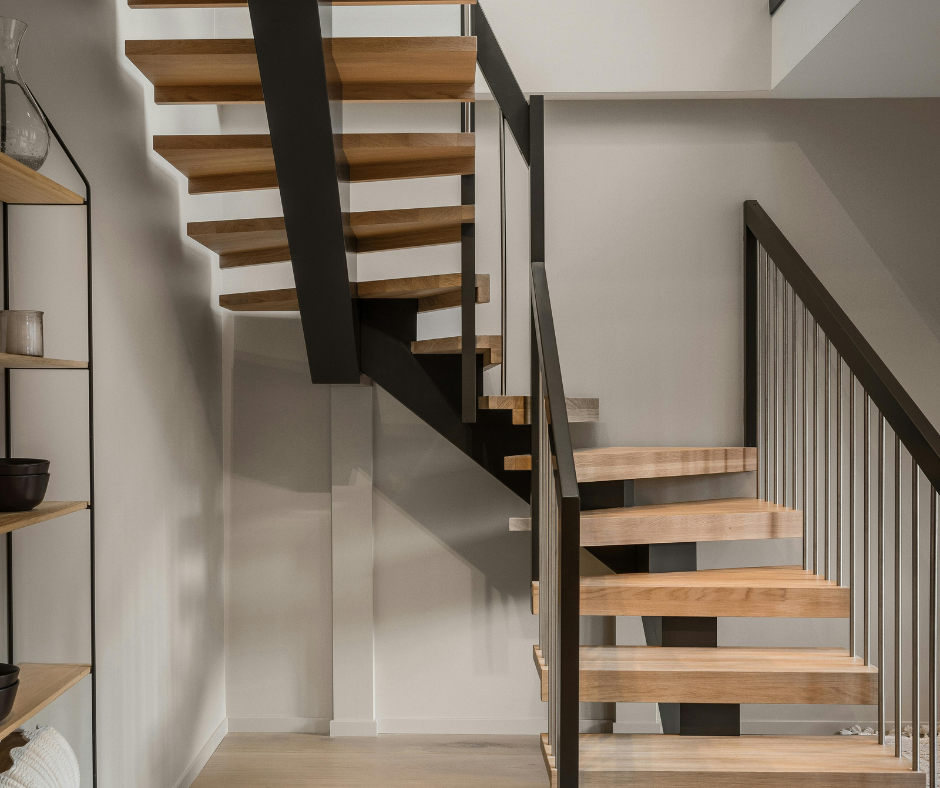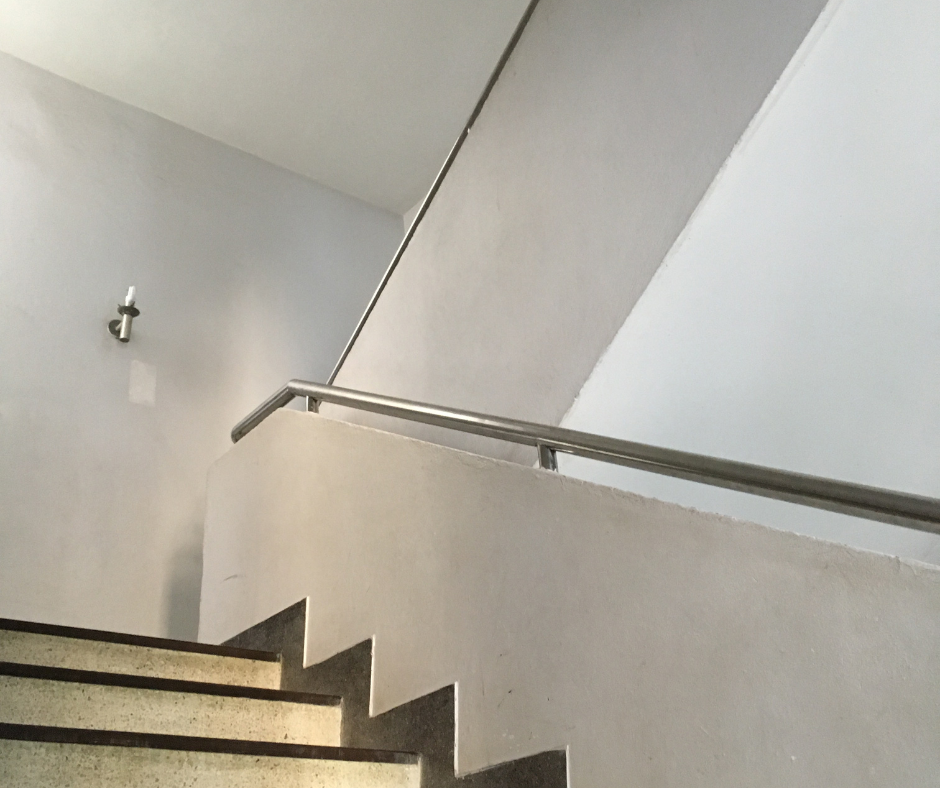Tight spaces shouldn’t stop you from designing a staircase that feels stylish and safe. Many homeowners look for solutions that save room without sacrificing comfort or beauty. So, what is a winder stair?
A winder stair is a staircase that changes direction without a landing by using wedge-shaped steps that are narrower on one side and wider on the other. By reading this guide, you’ll learn how winder stairs work, what building codes to follow, and how they compare to traditional stairs.
You’ll also see why pairing winder stairs with carpet stair treads may create a safer, more inviting home. This combination not only saves space but also adds warmth and grip underfoot.
Why Choose Winder Stairs?
Winder stairs have become a popular choice for homeowners who value both design and practicality. Here are a few reasons why you might consider them for your space.
Space-Saving Design
Winder stairs take up less room because they remove the need for a large landing. If you have a smaller footprint in your home, this makes all the difference.
Aesthetic Appeal
The curve or angled turn of a winder stair creates an eye-catching architectural feature. It may help your home feel more custom and thoughtfully designed.
Functional Flow
These stairs create a smooth transition between floors, so your family can move easily and safely without abrupt stops or awkward turns.
Building Code for Winder Stairs
When you’re planning to install winder stairs, it’s important to follow building codes to keep everyone safe. The International Residential Code (IRC) provides clear standards that guide how winder stairs must be built. Here are the main rules you need to know, along with the specific code references.
Tread Depth
According to IRC Section R311.7.5.2.1, each tread must have at least 6 inches at the narrowest point. At 12 inches from the narrow edge, called the “walk line,” the tread depth must measure at least 10 inches. This ensures your foot has enough surface area to step safely.
Consistency
IRC Section R311.7.5.2.1 also states that the largest tread depth at the walk line should not be more than 3/8 inch greater than the smallest tread depth. This helps each step feel uniform and steady underfoot.
Riser Height
The riser, or the vertical part between each tread, must not be taller than 7¾ inches, as outlined in IRC Section R311.7.5.1. Keeping riser heights consistent reduces the chance of trips or falls.
Following these guidelines helps create a staircase that feels predictable, comfortable, and safe every time you climb it.
Design Considerations
Before you decide to add winder stairs to your home, there are a few important things to keep in mind.
Walk Line
The walk line is an imaginary line measured 12 inches from the narrow end of each tread. All tread depth measurements are taken along this line to keep the steps consistent.
Handrails
Handrails should follow the curve of the stairs and remain continuous along the entire run. This helps everyone—from kids to grandparents—have a safe grip as they go up or down.
Lighting
Because winder stairs have steps that change shape, good lighting is essential. Proper lighting helps everyone see where each tread starts and ends.
Installation Tips
Thinking about installing winder stairs yourself or working with a professional? Here are a few tips to make the process easier.
Professional Assessment
Always have a qualified contractor or stair professional assess your space. They can help you understand whether winder stairs are the best choice for your home’s layout.
Material Selection
Choose durable materials that match your home’s style and can handle daily wear. From carpeted treads to hardwood, your options are almost endless.
Regular Maintenance
Even with the best installation, stairs need occasional upkeep. Make sure the treads stay secure and the handrails remain firmly attached over time.
Stepping It Up
Winder stairs offer a smart, space-saving option that brings comfort and style together in one beautiful design. By using wedge-shaped steps, they make the most of smaller spaces without sacrificing safety or function. Their unique look may also give your home a warm, inviting feel that friends and family will notice right away.
When you understand what winder stairs are and how they work, it becomes easier to see how they could fit into your home. Learning about the building codes and design tips helps you feel prepared to take the next step with confidence. If you’re ready to create a staircase that feels just right, Oak Valley Designs is here to guide you through every detail.
Create Your Dream Staircase Today
Ready to make the most of your space with beautiful, safe winder stairs? Our family-run team is here to help you choose the perfect materials, colors, and design to fit your home.
Whether you’re planning a full renovation or a simple upgrade, we’ll guide you every step of the way.
-
Website: https://oakvalleydesigns.com/
-
Phone: (706) 331-0315
-
Email: info@oakvalleydesigns.com
-
Address: 30 River Ct SW Bldg E Cartersville, GA 30120




